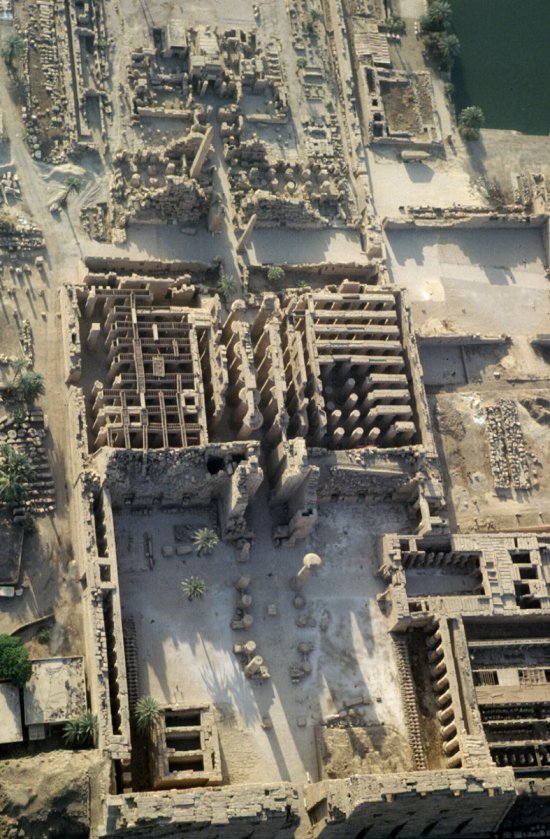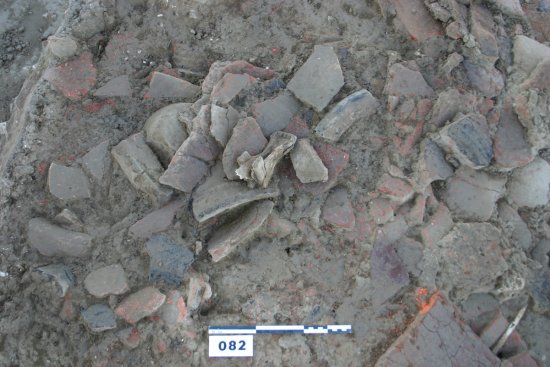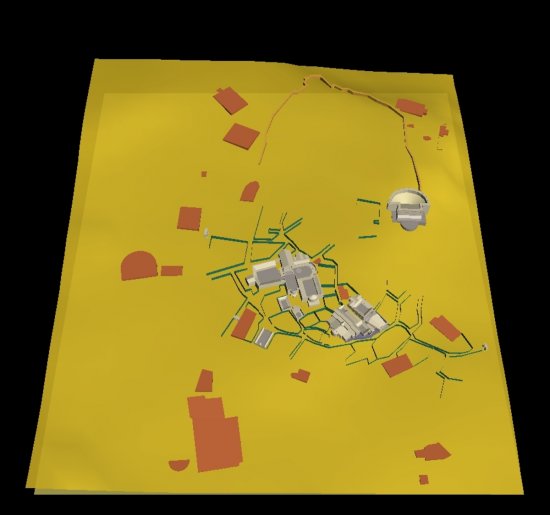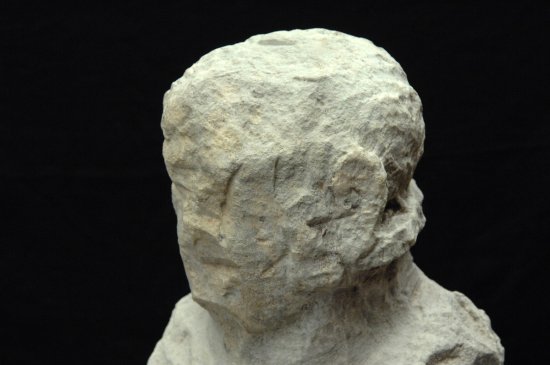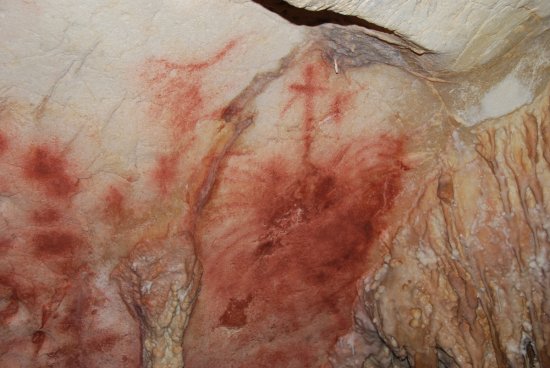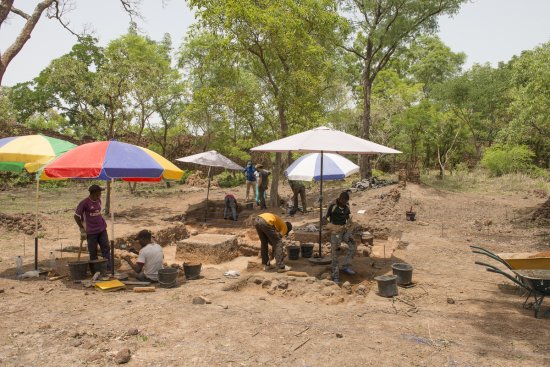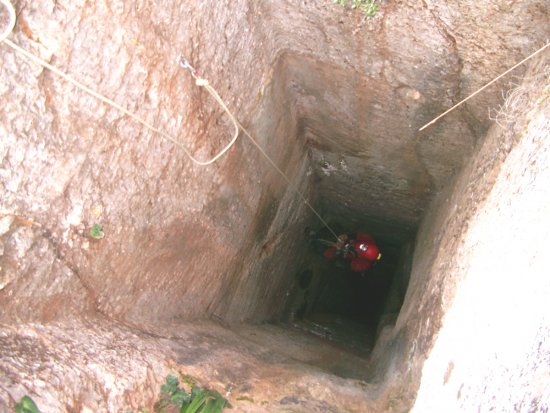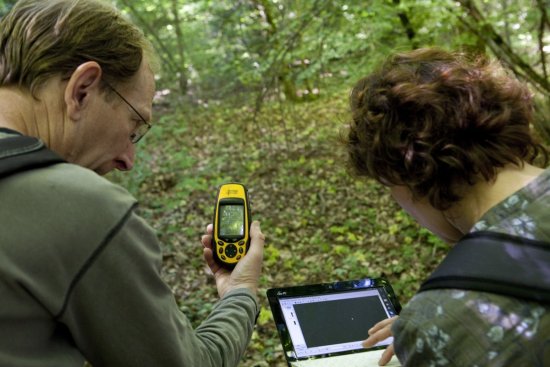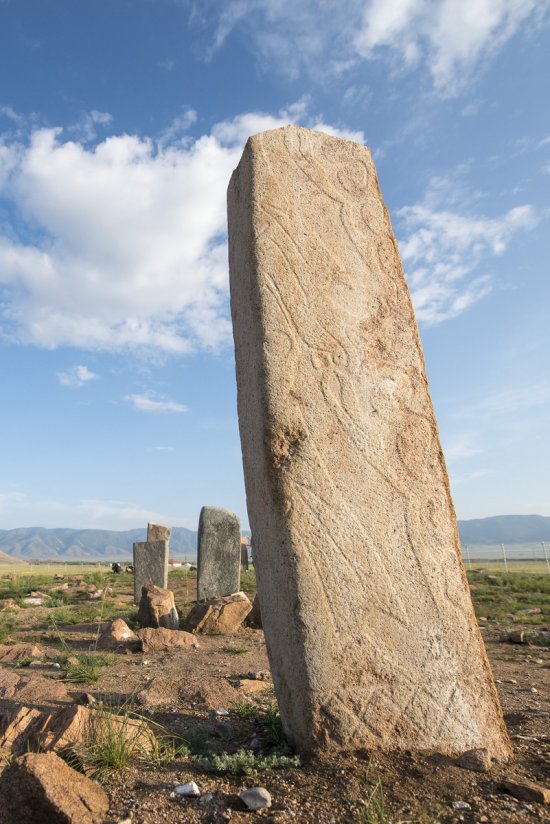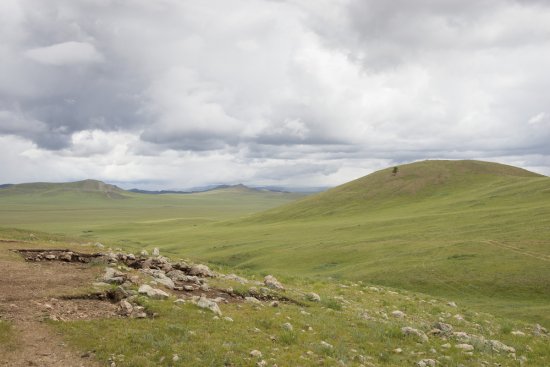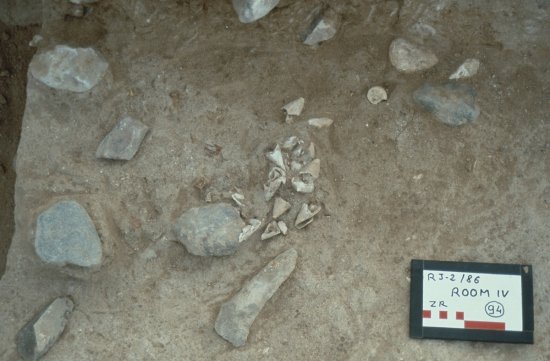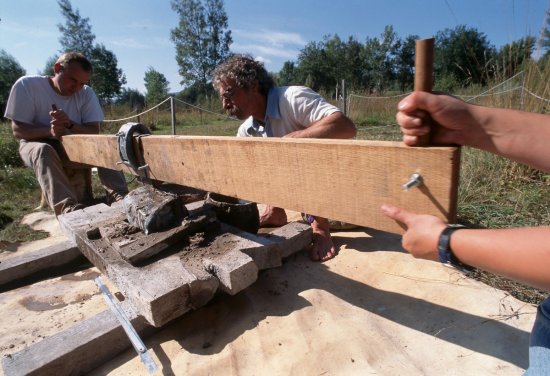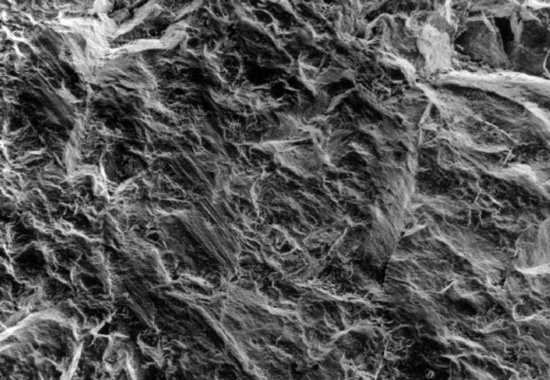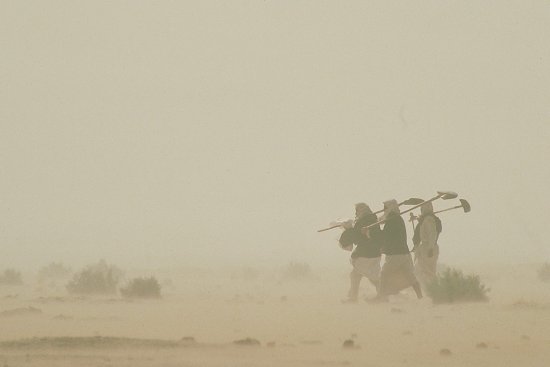© CNRS - 1994
Reference
1087
Khorsabad
The palace of Sargon II, king of Assyria (721-705 BC), at Khorsabad was discovered by Paul-Emile Botta in 1843. The story of the first excavations, the transport of the remains to France and its new presentation to the public in the Richelieu wing of the Louvre Museum in Paris, is told via many archival documents (engravings, drawings, etc.).
The history of the difficult transportation of these monumental remains, of which some were lost en route, is told by Elisabeth Fontan, head conservator at the Louvre.
With the opening of the Richelieu wing of the Louvre, the display of these works has been completely modernized. Annie Gaubet, general conservator at the Louvre, and architect Jean-Pierre Adam describe the setting which was constructed in order to exhibit the remains as they originally appeared.
Duration
Production year
Définition
Sound
Version(s)
Original material
The use of media visible on the CNRS Images Platform can be granted on request. Any reproduction or representation is forbidden without prior authorization from CNRS Images (except for resources under Creative Commons license).
No modification of an image may be made without the prior consent of CNRS Images.
No use of an image for advertising purposes or distribution to a third party may be made without the prior agreement of CNRS Images.
For more information, please consult our general conditions

